The Port Aransas Skiff, or Port A Skiff as it is known, has been serving its namesake seaside community for well over a century—before either the town or the boat even had that name. Although the pass between San José and Mustang islands connecting the Gulf of Mexico with Corpus Christi Bay was named Aransas Pass by the 1830s, the town at the entrance of that pass wasn’t called Port Aransas until about 1910.Skiffs built along the Texas coast in the early days differed depending on the conditions at each port or bay and the uses the skiffs were put to, so the various skiff designs were often referred to by the names of those locations. Some boats, however, took on names of unique design aspects, such as Port Mansfield’s long and narrow “Banana Boats” with their pronounced forward rise, or the names of those who built them, such as the “Bubba Skiff” version of the Port A Skiff.The Port A Skiff was originally made of solid planks and sailed or rowed into the flats and shallows on the bay sides of San José and Mustang islands for duck hunting, crabbing, or using gillnets or trotlines. As workboats to bring heavy loads of fish home to both table and market, they were built stout enough to take a beating. The boats had rocker both forward and aft then, though with transom sterns, and their oars were about twice as long as the boat’s beam. Tholepins were often used instead of less economical oarlocks.
Join The Conversation
We welcome your comments about this article. To include a photo with your remarks, click Choose File below the Comment box.

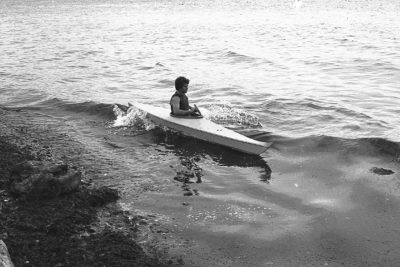
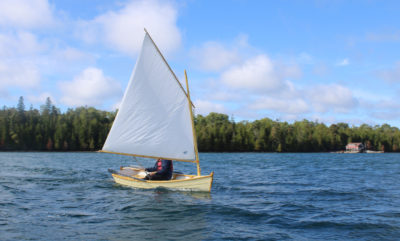
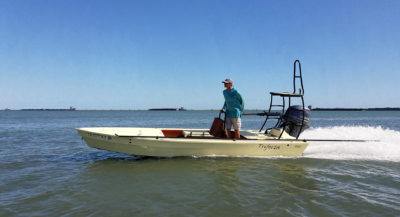
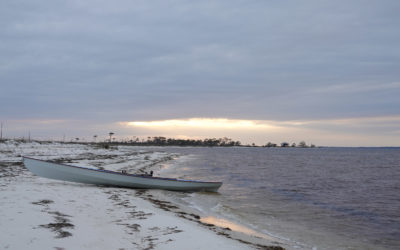
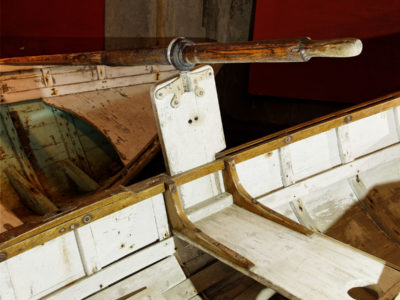
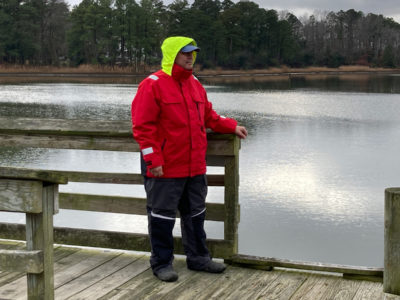
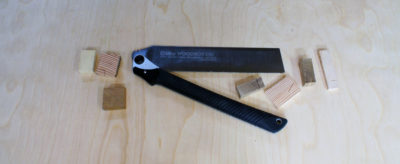


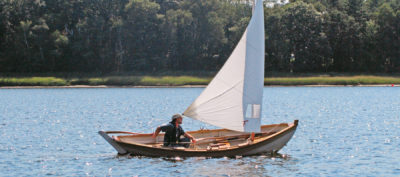
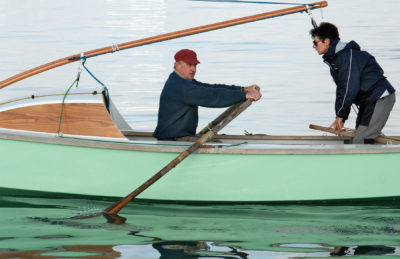
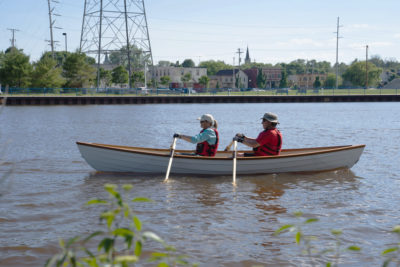
Great boats, from Skipper’s South Padre Island stomping grounds. Nice purpose-built design for the many lagunas and mudflats in the area, which are full of interesting aquatic and airborne animals.
Thinking these’d do well on the Chesapeake Eastern Shore.